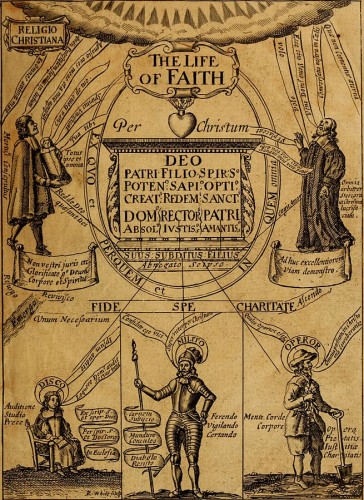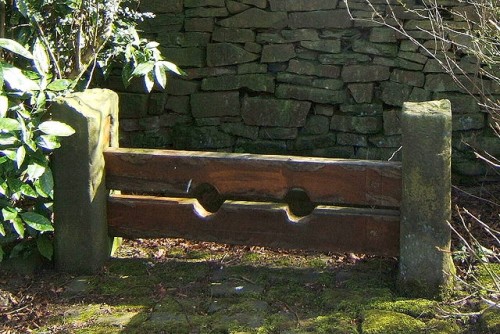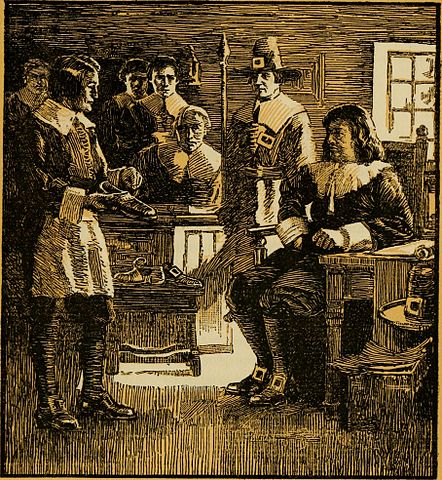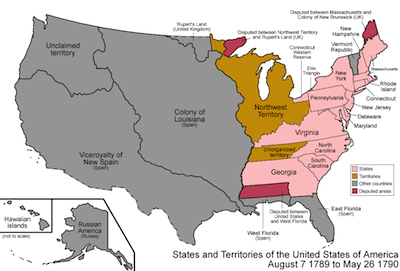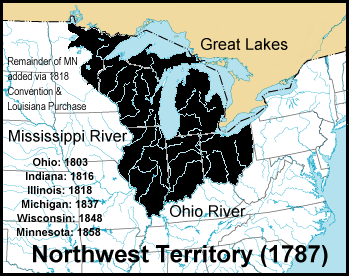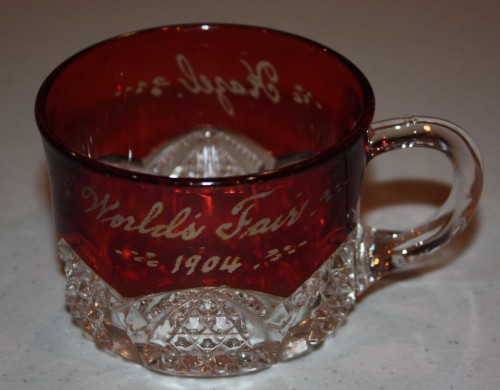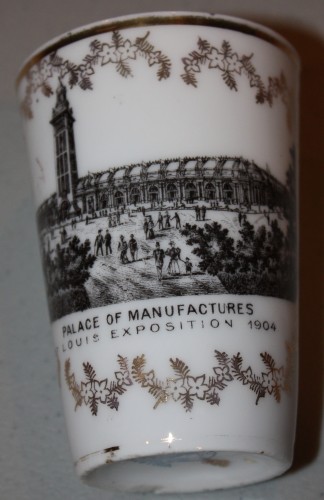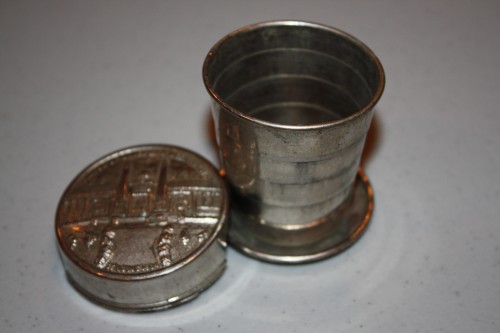Prairie City High School, circa 1914, in Jasper County, Iowa??
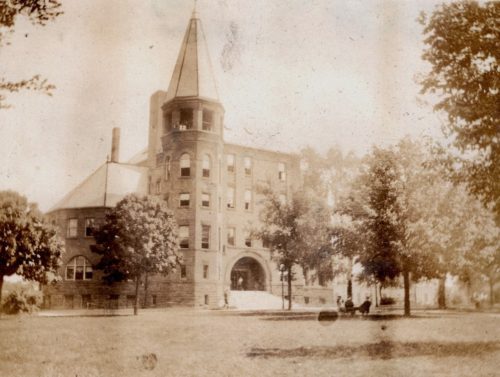
Roberts Family (Click for Family Tree)
More pictures without names to identify them! While frustrating, it is a sort of fun puzzle, trying to fit dates and places and people together. Thankfully many of the images were together in photos albums, so that helps us to at least group some of the images together, tentatively, of course. Whether we ever determine exactly who is who in the images, we still know they are related to our family, and they are a glimpse into the life of out family, whether at work on a fam, gathering with family, or studying at school. We do ask your help if you can ID any of these people or places, or know someone who can. Please let us know in the “Comments” or “Contact Us” section of the blog! Even an ‘educated guess’ can steer us toward more research and understanding.
Here is another view of this large building:
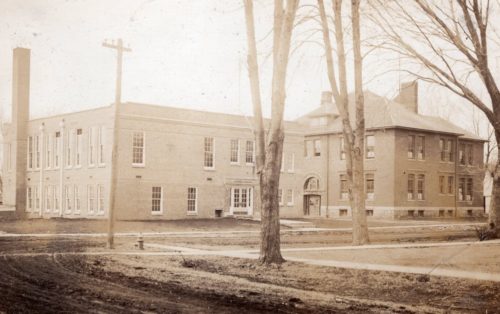
We believe this may be PCHS because this photo was found with other Roberts family treasures:

And then we turned over this picture…
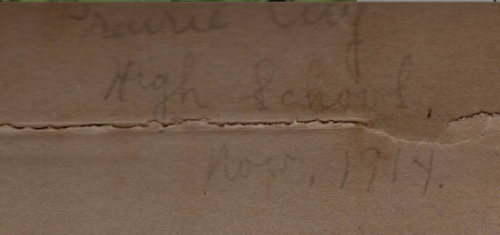
This was not written in recent years- note how the extender of the ‘g’ in “High” has cracked with the board. More recent IDs on the Roberts pictures are in pen. This also looks similar to other handwriting we believe to be Edith’s in her younger years- it got much more difficult to read as she aged!
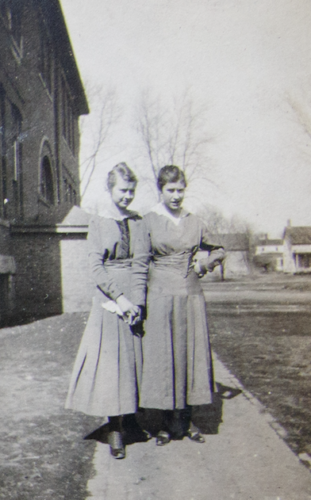
The following was an image in the same photo album as the large building and high school pictures:
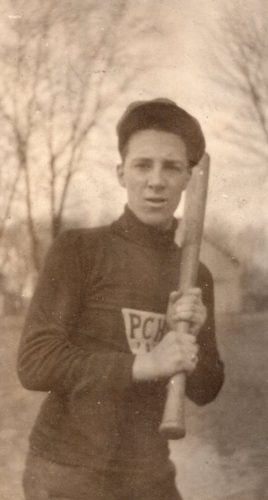
Could this young man be a Prairie City High School (see shirt) baseball team member, circa 1914? People back then did not wear shirts with big logos generally, unless as part of a sports team.

The above image seemed similar to the larger building front steps, but then we noticed the columns. Maybe we just can’t see them on the smaller picture of the large building? Or perhaps this is another part of the building- or even somewhere completely different. Edith did attend the State University of Iowa in Iowa City (now the University of Iowa), so perhaps this is later than high school.
To throw a wrench in all this surmising, here is a photo from the same album:
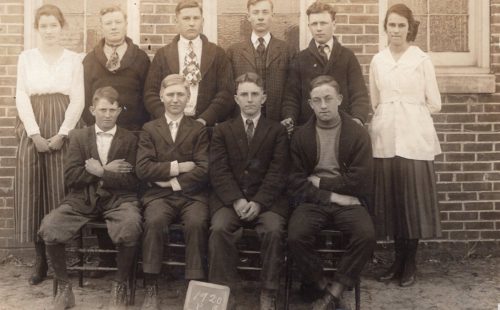
What? How is this group from 1920, and why does it say “P C”? We know Edith graduated from Prairie City High School in 1918, so is this a group at college of students from Prairie City? Or a group at college in a club, such as a debate team? Or is this a group that came back to PCHS for a reunion in 1920? This part of the building does not have a high foundation like the above large building pictures, but it could have been taken at a part of the building that was not raised as much.
This image was under the above on the album page:
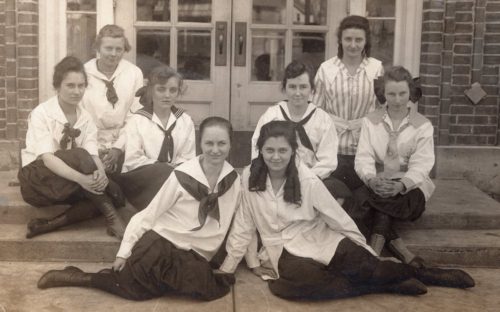
Was this taken in Prairie City when Edith was in high school, or once she got to the State University of Iowa? We have no clues, other than it being under the image that states 1920 was the year, but there is that confounding “P C” on the above sign.
We would truly appreciate any information that could help us identify some of these images. Please add a “Comment” or use our “Contact Us” page if you know anything about these bygone days. Your message will wait for approval and your email address will never be visible to others visiting the blog, only the website administrator who vows to never use it other than to reply to you.
Thanks for looking and pondering with us!
Notes, Sources, and References:
- The numbers by the photos are for reference since we do not know many of the people in this album.
- “Roberts Family Photo Album” circa 1910-1925 or so. Images may have been taken in Jasper County, Iowa.
- “Mystery Monday: The Children of Mary Jane (Roberts) [French] Blount” https://heritageramblings.net/2016/05/16/mystery-monday-the-children-of-mary-jane-roberts-french-blount/
- “Edith M. Roberts and the Prairie City High School Class of 1918” https://heritageramblings.net/2021/11/15/edith-m-roberts-and-the-prairie-city-high-school-class-of-1918/
Click to enlarge any image. Please contact us if you would like an image in higher resolution.
We would love to read your thoughts and comments about this post (see form below), and thank you for your time! All comments are moderated, however, due to the high intelligence and persistence of spammers/hackers who really should be putting their smarts to use for the public good instead of spamming our little blog.